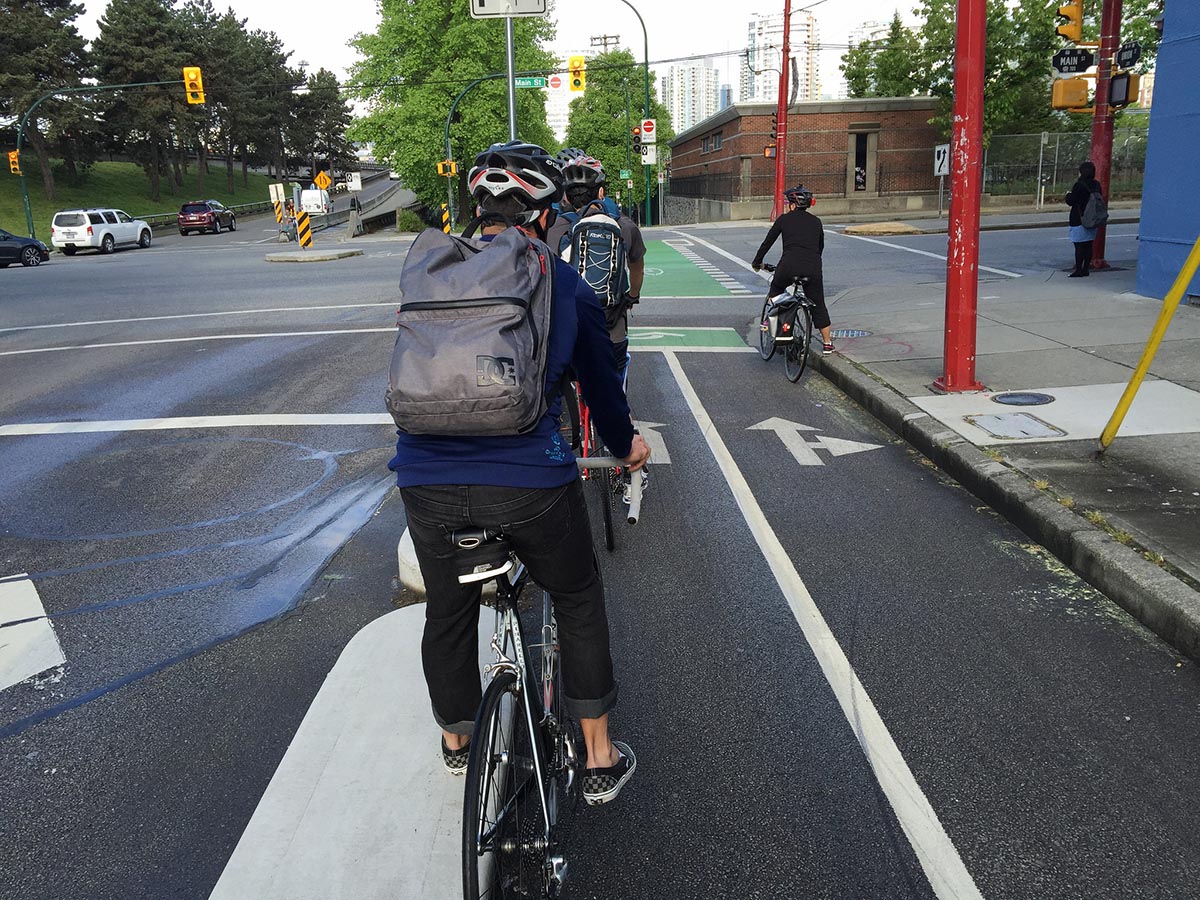Determining who is at Fault in a Pedestrian Accident
Many pedestrian accidents occur in BC each year. According to the Insurance Corporation British Columbia (ICBC), about 2,300 pedestrians are injured every year and there are more than 50 fatal pedestrian accidents annually. Pedestrian accidents can be serious for the pedestrian, as the individual has virtually no protection against a vehicle. When a pedestrian survives an accident, the result can be a head or brain injury, broken bones, fractures or joint injuries, spinal cord damage, paralysis, and whiplash or soft tissue injuries. Even the slightest contact with a car, motorcycle, or cyclist can result in major and long-term injuries—and even lesser injuries can be painful and disruptive.
Liability for the accident depends on the facts of the case and, more specifically, who was at fault. Often fault lies with the driver, but sometimes it may be shared between the driver and the pedestrian. If you have been injured, consider speaking with a personal injury lawyer who serves Burnaby, Coquitlam, and the surrounding areas of the Lower Mainland about the merits of your claim, and to pursue fair compensation.
Common Causes of Pedestrian Accidents
ICBC reports that three quarters of all motor vehicle-pedestrian accidents occur at an intersection. This includes accidents where drivers fail to yield the right of way to someone who is walking, which is a common cause of vehicle-pedestrian accidents. Intersections are high-risk areas for failure-to-yield crashes as a high number of road users need to cross paths and share space. ICBC posts high pedestrian collision intersections on their website to help increase awareness.
Pedestrian accidents are also caused when pedestrians fail to follow traffic controls, such as failing to stop at a marked or unmarked crosswalk and failing to obey crosswalk signals. Similarly, drivers who fail to stop completely at a stop sign or traffic light and/or make an unsafe turn can end up causing an accident that injures or kills a pedestrian.
Cars pulling out of alleyways or driveways can also lead to accidents. Drivers are often looking out on the road at traffic for vehicles and not checking the sidewalk for pedestrians.
Speeding, aggressive driving practices, and distracted driving are also frequent causes of pedestrian accidents. Increasingly, technology is distracting both drivers and pedestrians, especially at intersections. Distracted driving is the second-highest cause of fatal accidents in BC, responsible for an average of 88 fatalities in BC each year.
Darkness and bad weather increase pedestrians’ vulnerability to motor vehicle accidents, as does impaired driving and being an impaired pedestrian. Wearing dark clothing increases the risk a pedestrian could be hit by a motor vehicle or bicycle.
Determining Fault in Motor Vehicle-Pedestrian Accidents
In motor vehicle-pedestrian accidents, the pedestrian and the driver must obey the rules of the road and take reasonable steps to avoid collisions, which is why sometimes fault in a pedestrian accident is shared.
Sections 179 and 180 of the Motor Vehicle Act (the MVA) define the rights of way between vehicles and pedestrians. The driver of a vehicle must yield the right of way to a pedestrian where there are no traffic controls and the pedestrian is crossing in a crosswalk. If a vehicle slows or stops at a crosswalk, no other vehicle can pass the vehicle. However, these obligations are not just for drivers. A pedestrian must not leave a curb or other place of safety and walk into the path of a vehicle that is so close it is impracticable for the driver to yield. Where there is no crosswalk, the pedestrian must yield the right of way to a vehicle.
In addition to these basic rules, drivers must exercise due care to avoid colliding with a pedestrian who is on the highway. Drivers should give warning by sounding the horn of the vehicle when necessary and observe proper precaution when they see a child or a confused or incapacitated person on the road.
In addition to requiring drivers to exercise due care to avoid colliding with a pedestrian, the MVA imposes a positive obligation on pedestrians to look out for their own safety. In practice, judges give great consideration to the law obliging a pedestrian to take reasonable care for their own safety, regardless of whether or not there is a crosswalk (Bell v Thorner, 2009 BCSC 44).
When a Pedestrian Accident Occurs in BC
When a motor vehicle-pedestrian accident occurs, obtaining emergency medical assistance should be your immediate priority. If you are with an injured pedestrian, then you should also try to obtain witness information and the driver’s information, including the license plate number.
Contact a Personal Injury Lawyer
As one of Coquitlam’s oldest law firms, our experienced accident lawyers at Spraggs & Co. have represented many injured pedestrians. We advocate tirelessly to helping our clients obtain the appropriate compensation for their claim. If you were injured and the driver is found at fault, we will ensure that you are compensated fairly. If you are found to share fault, then we may be able to successfully challenge that determination as it will impact your settlement.
If you have been injured, speak to a personal injury lawyer serving Burnaby, Coquitlam, Surrey, White Rock and other areas in the Lower Mainland. Contact us today at 604-464-333 or 1-866-939-3339 for a no-obligation consultation.
